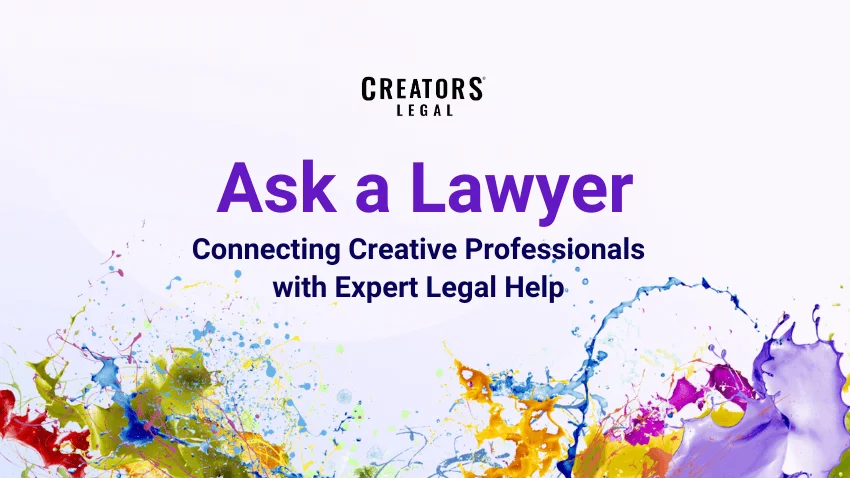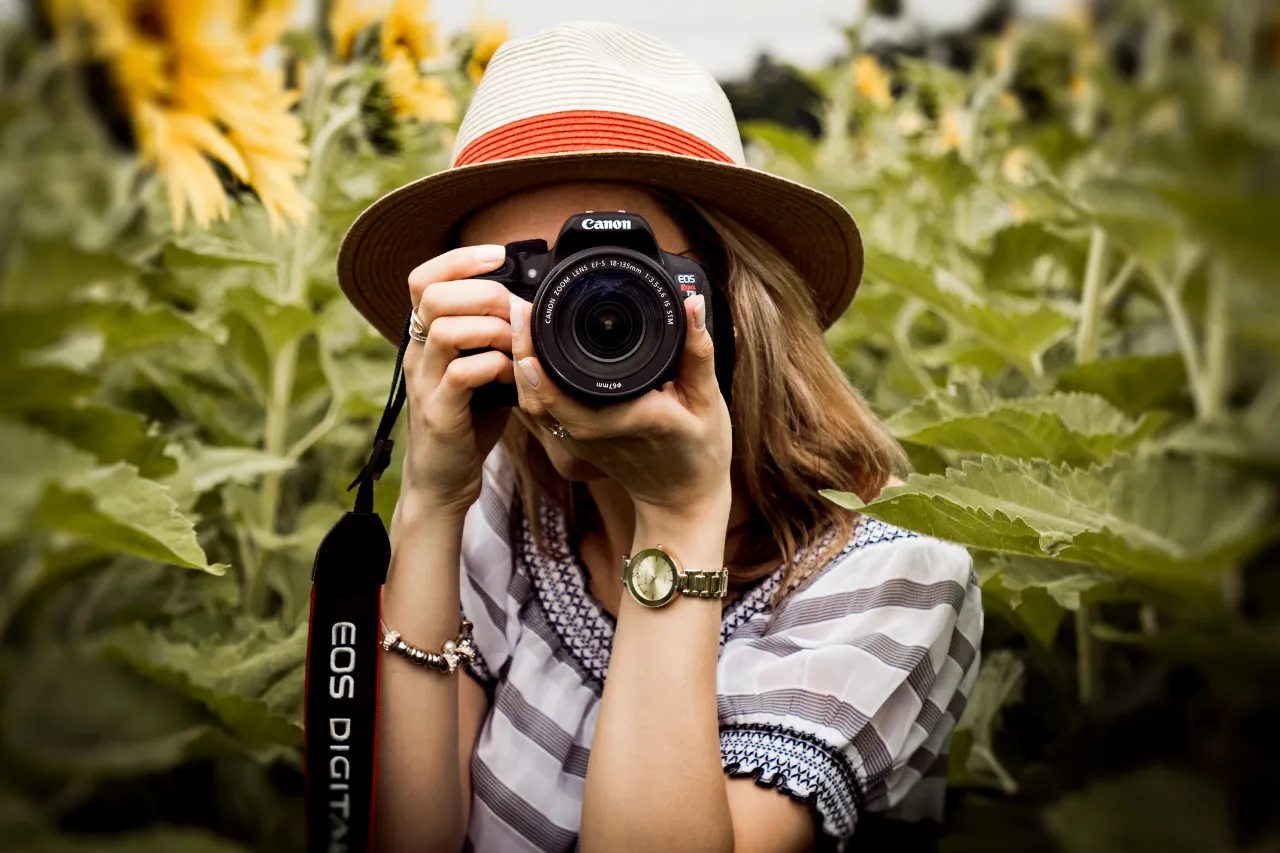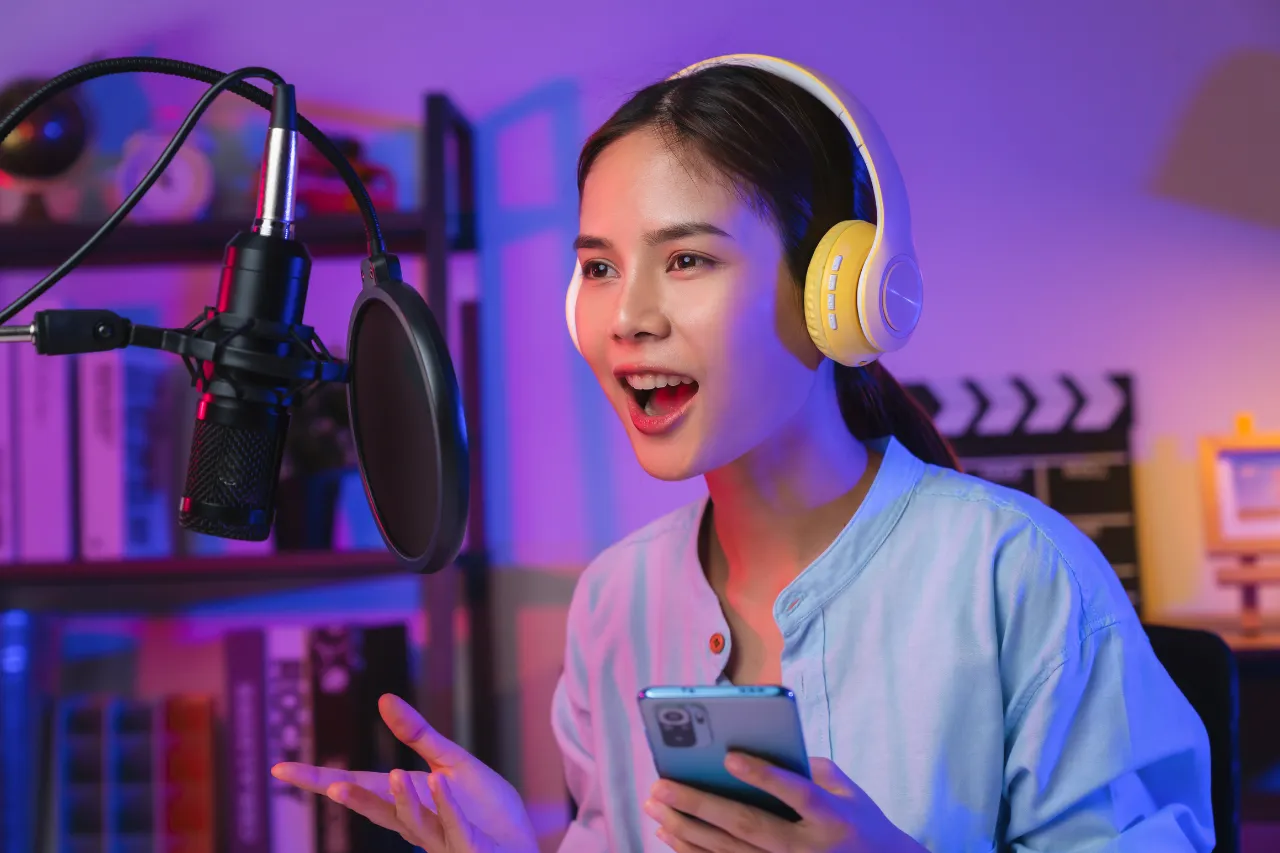As the world becomes increasingly reliant on technology, the field of AI has made tremendous strides in recent years. One area where AI is having a particularly significant impact is in the creator industry, where it is being used to revolutionize the way that art, music, literature, and other forms of creativity are produced.
In this blog post, we’re going to take a closer look at how AI is changing the face of the creator industry, and specifically, how it is being used to develop new tools and techniques for artists, writers, social media influencers, podcasters, bloggers, and other creators. We’ll also discuss some of the most exciting and cutting-edge AI technologies that are currently being used in the creator industry, including Chat GPT and Dall-E 2.
One of the most exciting developments in AI is the rise of machine learning algorithms capable of generating creative content. These algorithms, often called “generative models,” can take in a set of inputs and then produce original outputs based on them. For example, a generative model might be trained on a large dataset of music, and then be able to generate new, original songs that are similar in style to the songs in the training dataset.
One of the most famous examples of this type of generative model is Chat GPT, which was developed by OpenAI. This algorithm generates text almost indistinguishable from human-written text, and it has been used to create everything from short stories and poems to entire articles and blog posts.
Another example of a generative model that is making waves in the creator industry is Dall-E 2, also developed by OpenAI. Unlike Chat GPT, which is focused on text generation, Dall-E 2 is a model capable of generating images based on text inputs. For example, you could give Dall-E 2 the prompt “a robot wearing a tutu,” and it would generate an image of a robot wearing a tutu.
These generative models can revolutionize the way artists, writers, social media influencers, podcasters, bloggers, and other creators create content. Instead of spending hours or even days trying to come up with an idea for a song or a piece of artwork, creators can simply input a few keywords or phrases into a generative model and let it do the work for them. This can not only save creators time and energy, but it can also help them to come up with ideas that they might not have thought of on their own.
In addition to generative models, AI is also being used to develop tools and techniques that can assist creators in other ways. For example, AI-powered editing tools are becoming increasingly popular in the world of film and video. These tools can automatically identify and remove unwanted elements from a video, such as background noise or unwanted objects in the frame. They can also be used to automatically color grade footage, correct lens distortions, and perform other tasks that would normally require a skilled editor to do by hand.
AI is also being used to develop new musical instruments and music-making software. For example, AI-powered synthesizers can automatically generate unique and interesting musical melodies, and AI-powered drum machines can create complex and dynamic rhythms. These tools can be a valuable resource for musicians who are looking to experiment with new sounds and styles, and they can help to make the process of creating music more efficient and enjoyable.
One potential downside of AI in the creator industry is the concern that it will eventually replace human artists, writers, social media influencers, podcasters, bloggers, and other creators. While it’s true that AI can generate creative content, it’s important to remember it is not yet capable of replicating the full range of human creativity. AI-generated content may be impressive in some ways, but it is still limited by the data and algorithms that it is trained on. Human creators, on the other hand, can draw on their own experiences, emotions, and imaginations to create unique and original works of art.
Additionally, the use of AI in the creator industry raises questions about ownership and attribution. When a machine generates a piece of creative content, who should be credited as the creator? Should it be the person who trained the algorithm, the person who provided the inputs to the algorithm, or the algorithm itself? These are complex legal and ethical questions that will need to be addressed as the use of AI in the creator industry continues to grow.
The Wrap
In conclusion, AI is having a significant impact on the creator industry, and it is likely to continue to do so in the coming years. While there are certainly challenges and ethical concerns to consider, the use of AI in the creation of art, music, and literature has the potential to open up new possibilities and opportunities for creators. Whether you’re a professional artist, a hobbyist, a social media influencer, a podcaster, a blogger, or simply someone who appreciates the arts, it will be interesting to see how AI continues to shape the world of creativity in the future.
Creators Legal is the first and only legal platform for content creators. Find here a fast and easy way to craft simple, yet trustworthy contracts for creatives like you.
Get a powerful form builder, a safe e-signature system, and your own personalized dashboard to store and manage all your contracts. Protect yourself in minutes without pricey entertainment attorneys!






